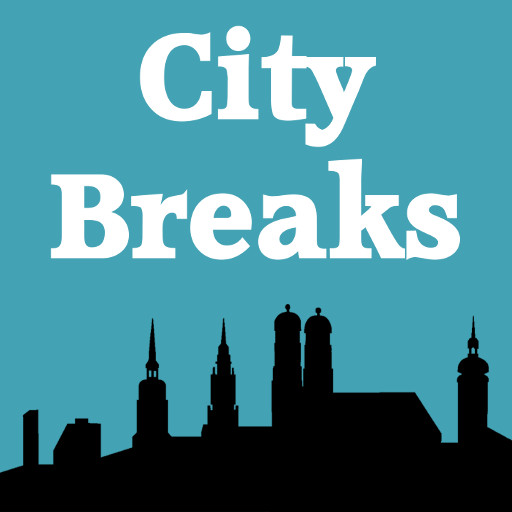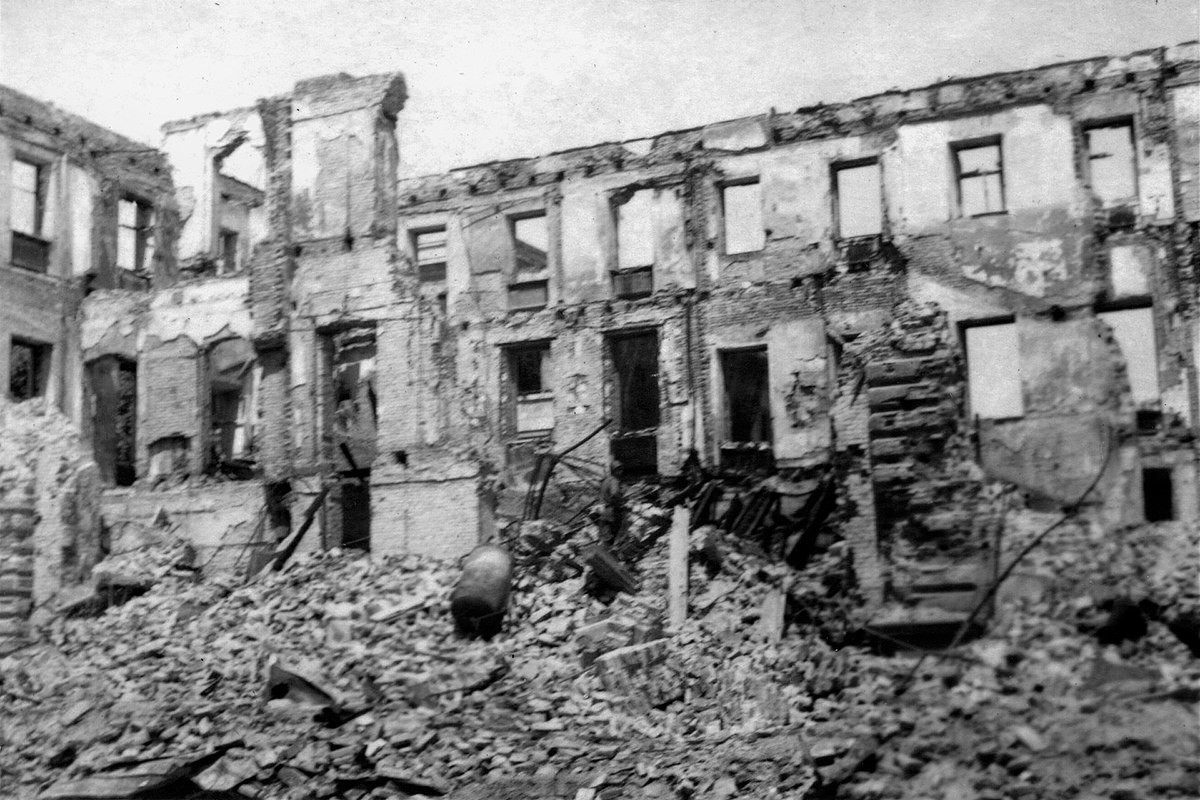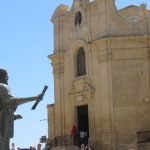This episode focuses on Munich in World War II, especially on places to visit to learn about this key period in the city’s history. They include significant streets and squares, museums, and two places relating to what happened to Munich’s Jews in the 1930s and 40s. We deal too with the aftermath of the war and how the city began to recover from the utter devastation it had suffered. Finally, mention is made of three books which inform this topic in very different ways. Robert Harris’s Munich is a novel set around the signing of the Munich Agreement in 1938, Markus Zusak’s novel The Book Thief is set in a Munich suburb in 1939 and Hitler’s English Girlfriend, by David Rehak is a biography of Unity Mitford.


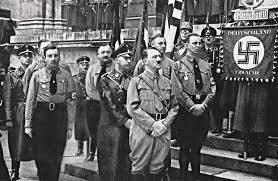
4 places connected to World War II in Munich
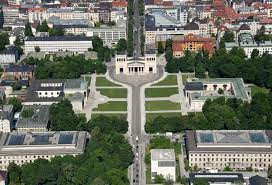
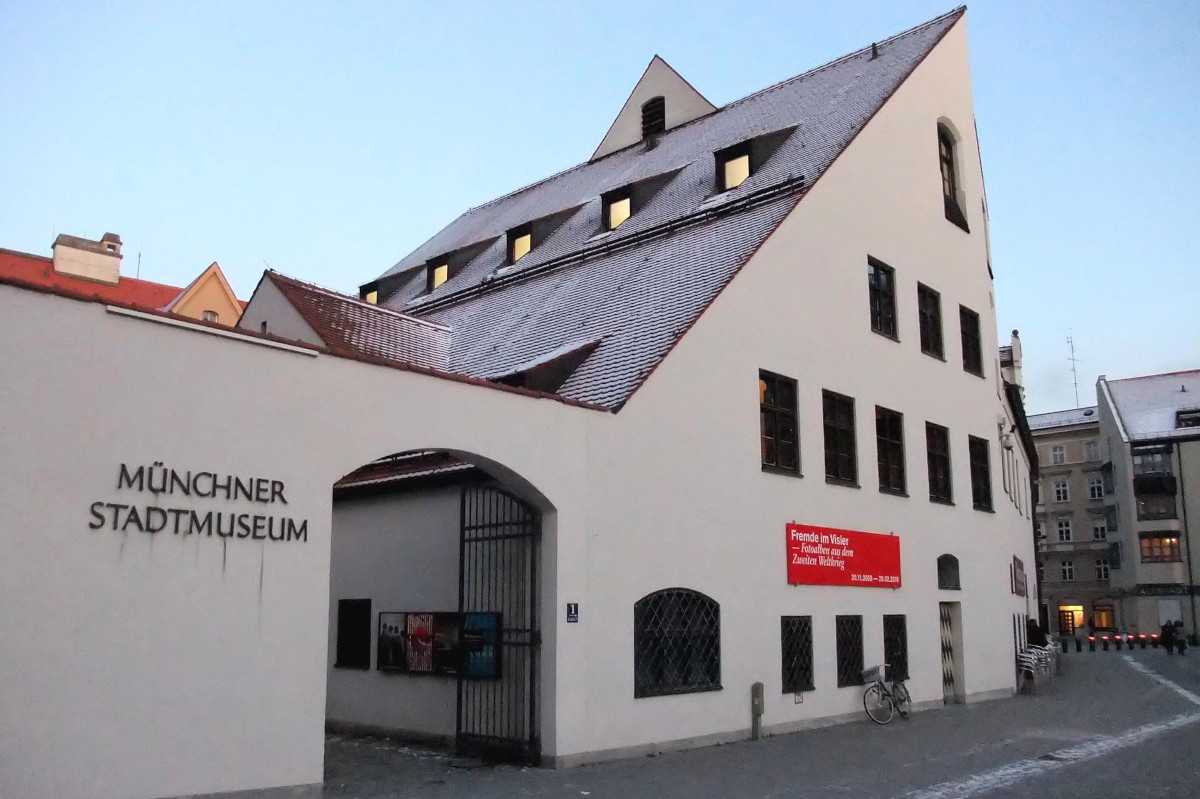
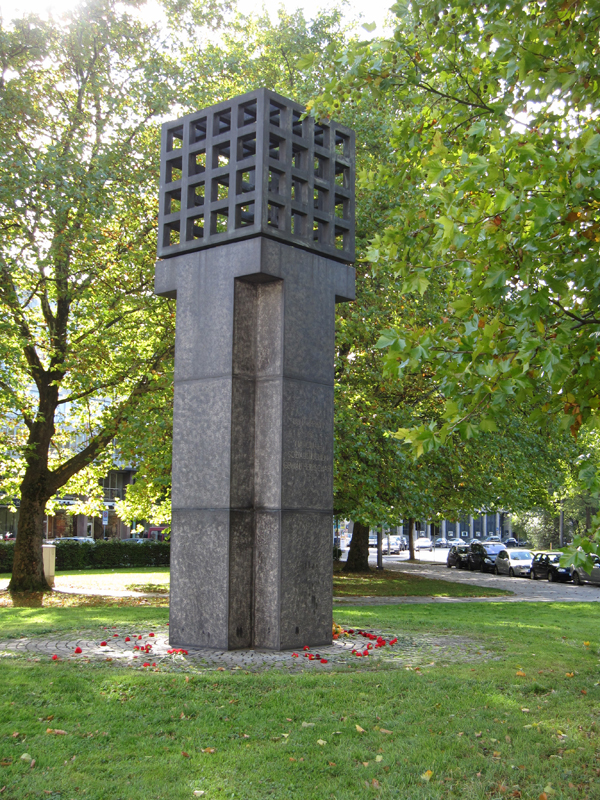
Münchener Stadtmuseum
This museum covers the history of Munich in general, but there is a permanent exhibition on ‘National Socialism in Munich’, telling the story from the end of World War I up until 1945. It’s comprehensive and honest, crammed with photographs, films and realia and really the first place you should visit for a comprehensive overview of Munich’s role in this period.
Königsplatz
This square was the site of Nazi book-burnings in 1933 and also the place where many of the mass rallies took place in the 1930s so that Hitler could address huge crowds. There is a monument here, a cage containing the Eternal Flame which burns in memory of all those who died at the hands of the Nazis, ‘‘due to their political beliefs, race, religion, sexual orientation or disability’.
The ‘Führer Building’, ie the Nazi HQ where the Munich Agreement was signed, was here too and today the building is a Music College. Nearby was the ‘Braunes Haus’, (Brown House) which was also part of the Nazi complex and was destroyed in 1945. Today it’s the site of a Documentation Centre, a ‘place of learning and remembrance’, where the exhibition themes include ‘Execution and Persecution’, ‘Why Munich?’ and a section entitled ‘What has this got to do with me?’. It’s Munich’s way of ensuring the horror of what happened here is remembered and that its lessons for today are clearly explained.
Drückerbergegasse
At the nearby Feldherrenhalle on Odeonsplatz, there was once a memorial to those killed in Hitler’s failed uprising of 1923. In the 1930s anyone passing by was obliged to salute the SS guards outside it. Cutting through Drückerbergegasse, a small side street, allowed people to bypass the memorial and avoid having to salute. In 1995 an artwork was installed to memorialise these acts of civil disobedience. There is an 18m long bronze trail set into the cobblestones, recalling the path the ‘dissenters’ took.
The Haus der Kunst
This grand, neoclassical building was erected in the 1930s by the National Socialists as a gallery to display Nazi-approved artworks, that is propaganda pieces. Anything ‘echt Deutsch’, (‘truly German’) was in favour, anything of which the Hitler regime disapproved was banned. It is still a gallery today, holding exhibitions of contemporary works – of which Hitler would certainly have disapproved – and in the foyer is a little exhibition outlining the history of the building.
On the podcast there are also details of Berchtesgaden, about 75 miles from Munich, where you can visit the site of Hitler’s mountain retreat, the Eagle’s Nest and its museum.
munich’s jews
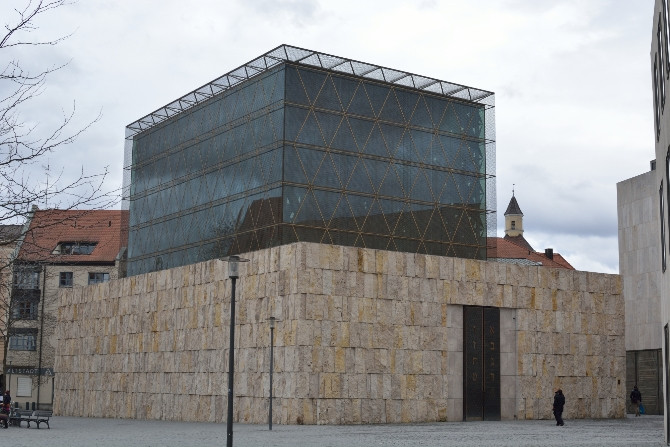


In 1933, when Hitler came to power, there were about 11,000 Jews in Munich, including high profile people like the theatre director Max Reinhardt and the president of F C Bayern and lots of writers, painters and filmmakers. By the end of the war, there were fewer than 100 Jews left in the city.
The main synagogue, on Herzog-Max Strasse was demolished in 1938, the first of many German synagogues to suffer this fate. Today there is a memorial on the site. And in St-Jakobs-Platz is the Jüdisches Zentrum, or Jewish Centre, which comprises a synagogue, a museum and a community centre. Connecting the museum, which tells the story of Judaism in Munich, and the community centre is the underground Passage of Remembrance, commemorating the 4000 Munich Jews murdered by the Nazi regime.
dachau
The first Nazi concentration camp was built at Dachau, just a few miles from Munich city centre. Some 200,000 people were imprisoned there, of whom 43,000 were murdered. Today Dachau is a memorial site. In Roll Call Square, where many executions took place, is a memorial where the words ‘Never again’ are inscribed in 5 languages: Yiddish, English, French, German and Russian. Inside some of the former camp huts are exhibitions explaining what took place here: photos and descriptions of many aspects of life in the camp, which are factual and shocking.
munich at the end of the war
When American troops arrived to liberate the city from Nazi rule on April 30th 1945, they found devastation. Munich, being a centre for the armaments industry, had suffered over 70 air raids and it lay in ruins. At least half the buildings had been destroyed and 300,000 people were homeless. So many German men had been killed or were prisoners of war that the adult population left to start the clear-up was largely female. Large numbers of redoubtable women, aged between 15 and 65 began their role as ‘Trümmerfrauen’ or ‘Rubble Women’ and what they achieved is nothing short of remarkable.
They cleared 5 million tons of rubble from the streets, using largely their bare hands, salvaging whatever could be re-used and piling the rest into enormous heaps. They worked all day, paid initially in handfuls of potatoes and later in food ration cards. The ‘Trümmerberge’, or ‘Rubble Mountains’ they created were grassed over and can still be visited today. At the Luitpoldhügel, wooded paths lead up the hill created by over a million cubic metres of rubble to the memorial plaque at the top, inscribed ‘Pray and remember those who died under the mountains of rubble.’ Eventually, reconstruction of the city began, rebuilding the city centre, as far as possible, exactly as it had once been.
3 Stories from wartime Munich
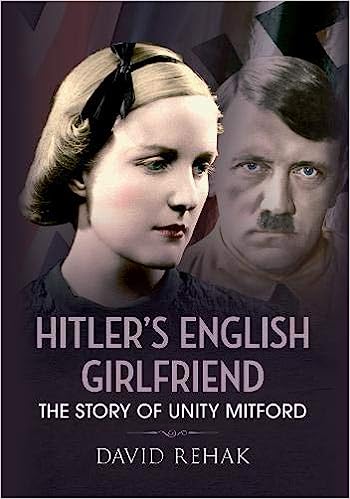
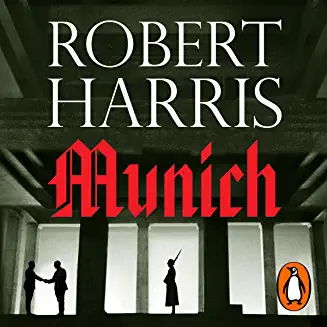
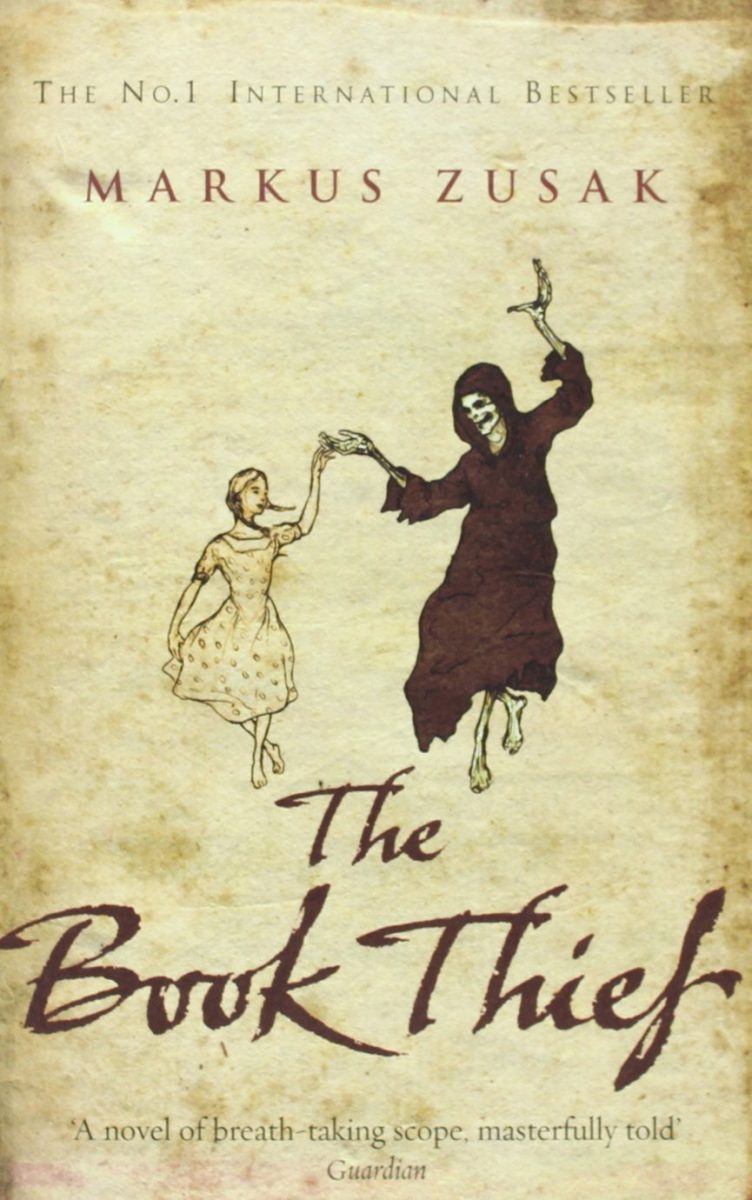
Hitler’s English Girlfriend by David Rehak tells the story of Unity Mitford who attracted Hitler’s attention in 1930s Munich and became one of his intimate circle. The ultimately tragic story of how she was brainwashed by his ideology gives fascinating glimpses into life in Munich as Hitler was rising to power in the period leading up to the war.
Munich by Robert Harris is a fictionalised account of the meeting in the city in 1938 at which the Munich Agreement was signed. The plot revolves around the visit of the British delegation, led by Neville Chamberlain, to Munich to meet with Hitler and other European leaders after the invasion of Czechoslovakia. The two main characters are fictional, young men – one British, one German – who’d met as students in Oxford. A great read if you like your history laced with a little fiction and a few what-ifs.
The Book Thief by Markus Zusak, relates the story of a Jewish child, Liesel Memminger, adopted in a small town outside Munich in 1939 because her parents are in a concentration camp. The plot hinges on her finding solace in books, but there are many references to life in Schiller Street, known as ‘the street of yellow stars’ which build to a convincing picture of life near Munich during this terrifying period. In the quotation below, for example, Liesel sees a group of Jews being marched through the town by German soldiers.
‘Their eyes were enormous in their starving skulls. And the dirt. The dirt was moulded to them. Their legs staggered as they were pushed by soldiers’ hands – a few wayward steps of forced running before the slow return to a malnourished walk.’
‘Some looked appealingly at those who had come to observe their humiliation, this prelude to their deaths. Others pleaded for someone, anyone, to stop forward and catch them in their arms.
No-one did.’
Listen to the POdcast
Reading suggestions
Weimar and the Rise of Hitler by A J Nicholls
Hitler’s English Girlfriend The Story of Unity Mitford by David Rehak
Munich by Robert Harris
The Book Thief by Markus Zusak
LINKS FOR THIS POST
Münchener Stadtmuseum
The Munich Documentation Centre
Munich Jewish Centre
Dachau Memorial Site
Previous episode Munich and the Rise of Hitler
Next episode Munich Stands up to Hitler
Last Updated on November 21, 2024 by Marian Jones
